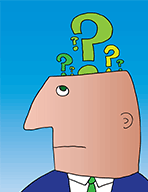
Part 1. The future of self-advocacy: How are self-advocacy groups doing in the United States?
Self-advocates are people with disabilities who work together. They speak up and fight for their rights!
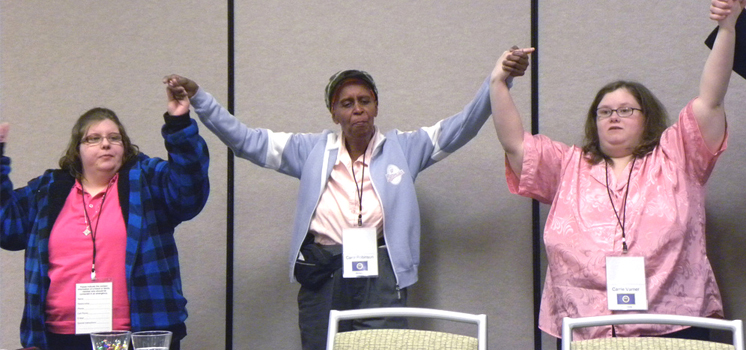
In 1974, people from Salem, Oregon started the first self-advocacy group in the United States. It was called People First.
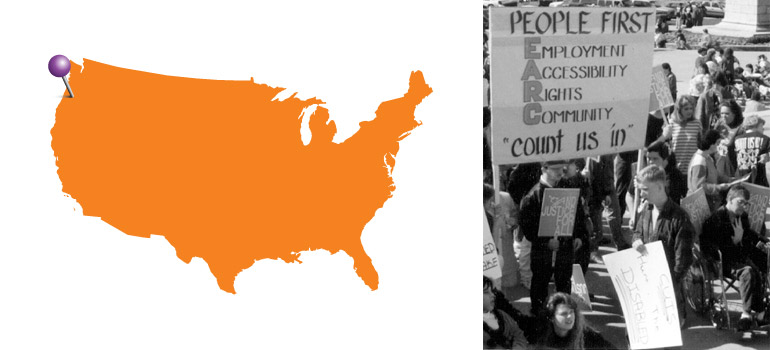
As of 2012, there were about 1,200 self-advocacy groups in the United States.
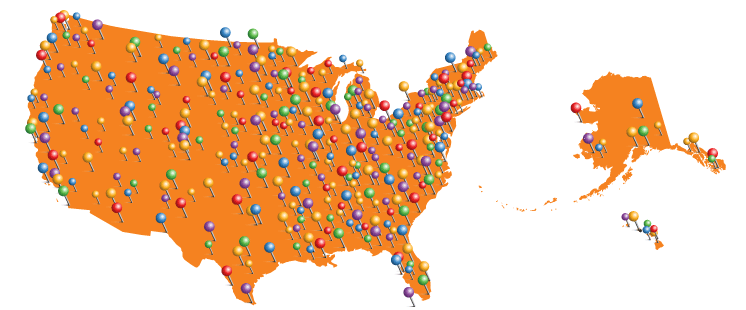
Do you belong to a self-advocacy group?
Self-advocacy work can help you in many ways.
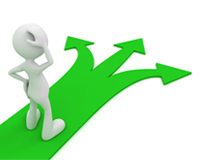
It can give you power to make choices in your life.
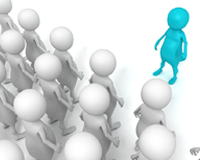
It can help you to have a strong voice and to be a leader.

It can help you be proud of who you are.
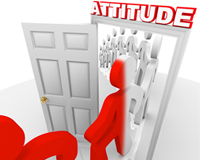
It can change attitudes about disabilities.
Self-advocacy work is also called the self-advocacy movement.
The self-advocacy movement is important to people with disabilities. We wanted to know more about the movement. We also wanted to know what kind of help self-advocacy groups need.
This is the important question: How are self-advocacy groups doing in the United States?
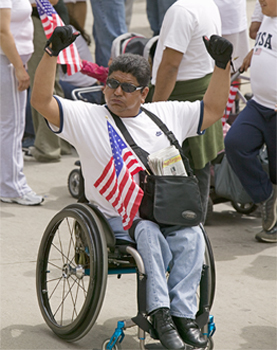
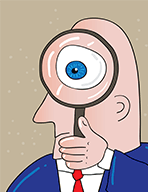
This is what we did
In 2011 and 2012 we held nine big meetings around the United States.
Teams from every state and territory came to the meetings. There were a total of 56 teams.
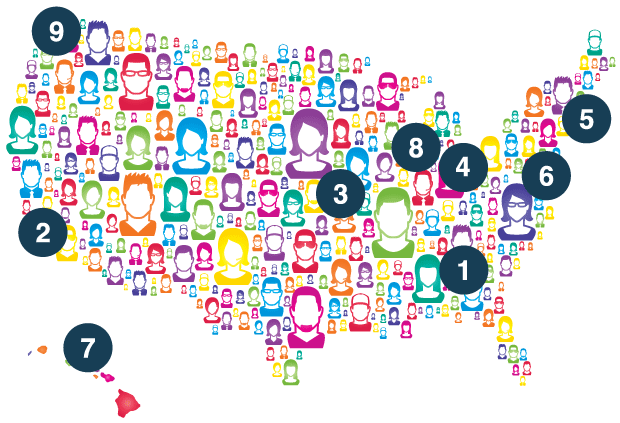
Each team was made up of self-advocates and professionals.
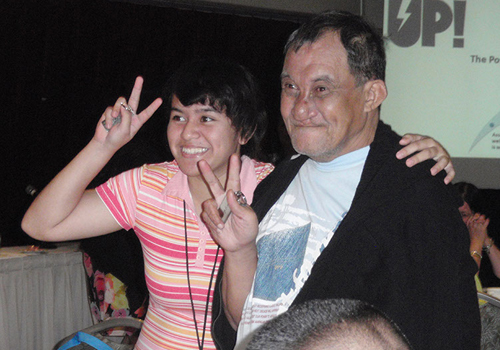
Each team talked about the self-advocacy groups in their state or territory.
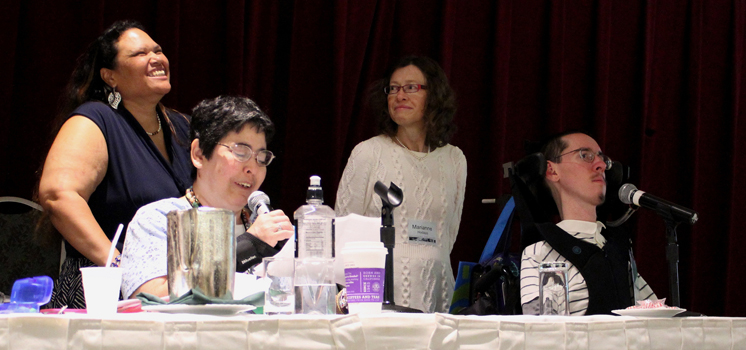
Teams told us:
- How they got money and support.
- About their accomplishments.
- What gets in the way of their work.
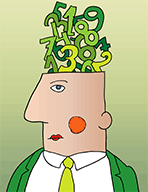
This is what we found out
Self-advocacy groups got money and support from many places
Most groups got money from the Developmental Disability Council in their state. This is the law!

Twenty teams got money from their state Medicaid agency.

Eight teams got money from Centers for Independent Living in their state.
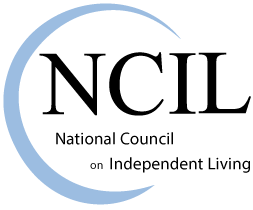

Eight teams got money from Arc chapters in their state.
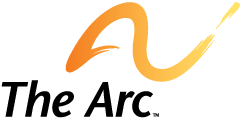

University disability centers and advocacy agencies gave help with things like advice, meeting space, and travel. They did not give money.
Self-advocate groups worked on many things they were proud of
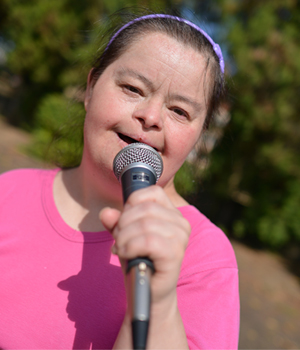
- They taught people in the community about disabilities.
- They helped students figure out what to do after high school.
- They helped self-advocates be leaders.
- They worked with people who make laws and policy.
- They taught people about people first language. They taught people not to use the “R” word.
These things got in the way of self-advocacy work
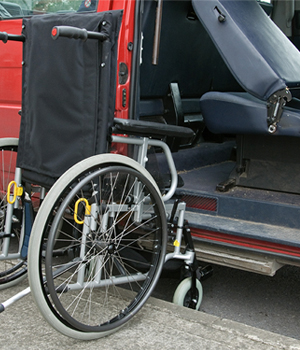
- Many people did not have a way to get to meetings.
- Self-advocates were not listened to.
- Some people in the community did not think self-advocacy work was important.
- Groups did not have much money.
- Groups needed more advisors who helped and did not take over.
- Many groups had trouble finding new members.
- Groups did not have a way to talk to each other.
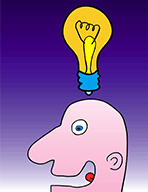
The answer to the question
How are self-advocacy groups doing in the United States as of 2012?

The good news is:
- Self-advocacy groups are doing great work.
- Self-advocacy has made life better for millions of people.

The bad news is:
- Not many self-advocacy groups are strong enough to do their work.
- Groups don’t have the money and help they can count on year after year.
- Some people in the community don’t think self-advocacy work is important. They don’t listen to self-advocates.

TAKE ACTION! Share this with others
Self-advocacy can make your life better. Join a self-advocacy group near you!
Show this to people in your life:
- Show your friends
- Show your DSP
- Show your family
Show this to people who can make life better for lots of people with disabilities:
- Show policy makers
- Show self-advocacy groups
- Show service providers
Use this information to make your life better
Information about the report
Who did this knowledge translation?
This knowledge translation was created by the Research and Training Center on Community Living at the Institute on Community Integration, University of Minnesota.
Who did this research?
This research was done for the Association of University Centers on Disabilities by the Institute on Disability and Human Development, The University of Illinois at Chicago.
What is the title of the report?
Envisionsing the Future: Allies in Self-Advocacy Final Report
Who wrote the report?
Joe Caldwell, Katie Keiling Arnold, Mary Kay Rizzolo, Institute on Disability and Human Development, The University of Illinois at Chicago
Where can I find the full report?
Full version of the report: http://testaucd.files.wordpress.com/2012/10/2012allies_report_web1.pdf
Short version of the report: http://testaucd.files.wordpress.com/2012/10/self-advocacy-summit-report-summary2012_final.pdf
Video summary of the report: http://www.youtube.com/watch?v=oecRktdpBg8&feature=g-upl
Report citation
Caldwell, J., Arnold, K.K., & Rizzolo, M.K. (2012). Envisionsing the future: Allies in self-advocacy final report. Chicago: The University of Illinois at Chicago, Institute on Disability and Human Development.
